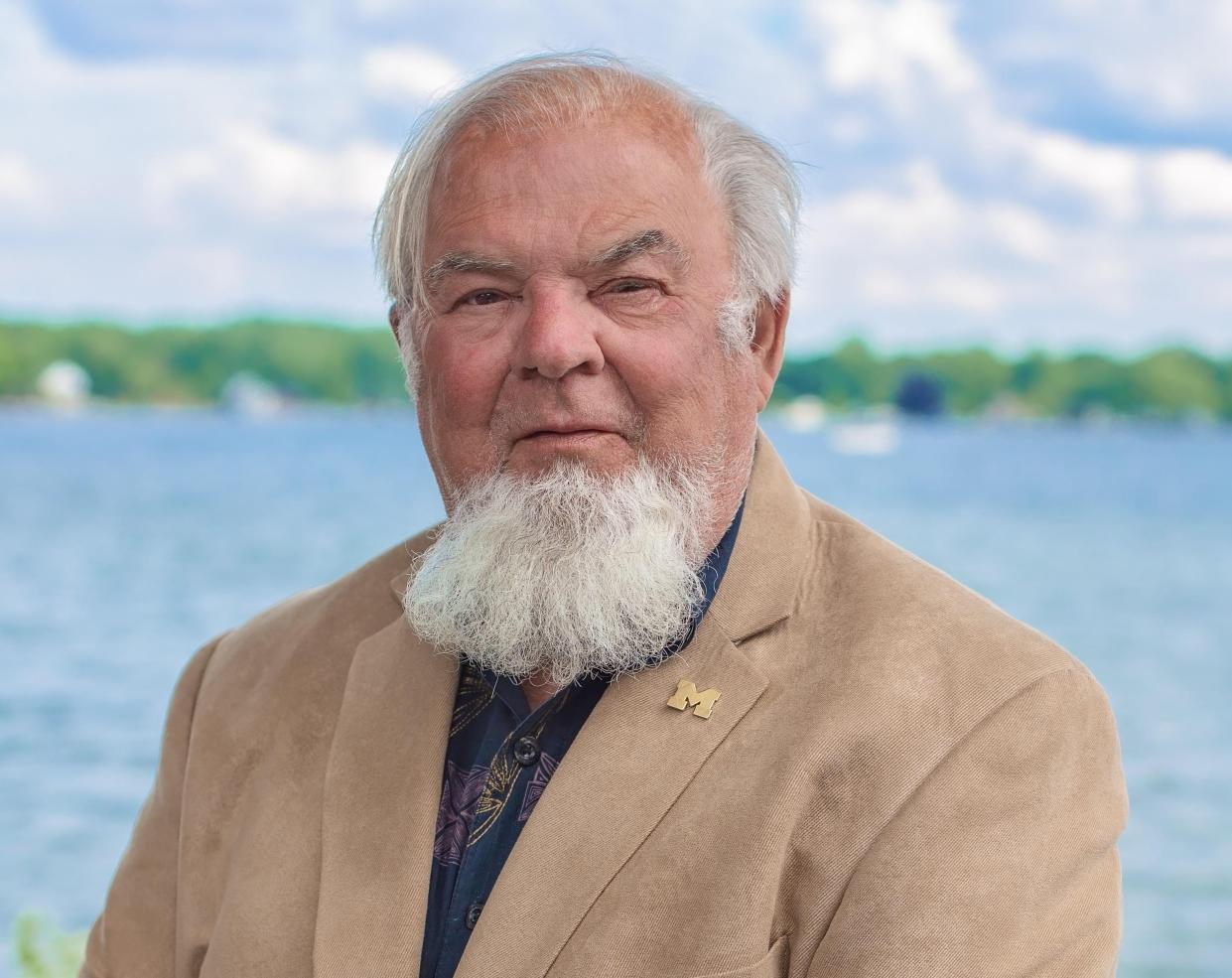From sovereign states to We the People

- Oops!Something went wrong.Please try again later.
When we broke from Great Britain (herein GB), we were a collection of colonies called together for the first time from Sept. 5 to Oct. 26, 1774, in the First Continental Congress by Peyton Randolph, former king’s attorney for Virginia. Peyton died on Oct. 22, 1775, at age 54, or we would probably be celebrating him as the founder of our nation. Since he presided over the First Continental Congress, he was our first president.
After Peyton’s death, the colonies continued the work together in the Second Continental Congress. During this time the war with GB began with Lexington and Concord on April 19, 1775, and Bunker Hill on June 17, 1775. Things had started to go badly with GB after the Boston Tea Party of Dec. 16, 1773. Again, these were separate colonies, not a unit. The decision to break from GB was made on July 2, 1776. Being lawyers in large part, they felt they had to legally justify such a drastic decision. Fortunately, international law had a useful loophole. (Emir de Vattel, "The Law of Nations," 1758). Normally, of course, it would be illegal for colonies to break away from the mother country. But, if the king of the mother country were an incorrigible tyrant, and such break met the test of necessity, it would be legal to rebel. Notice the frequency with which the words tyrant and necessary, or their variations, were used in the text of the Declaration of Independence of July 4. The conclusion was to “acquiesce in the necessity” of the break from GB.
In the concluding paragraph, the colonies referred to themselves as the “united States of America” (note the small “u” for “united”). They also referred to themselves as “Free and Independent States.” This was not a corporate entity but a partnership.
About a year and four months after the Declaration, these states wrote the Articles of Confederation as our first constitution of Nov. 15, 1777. This showed more unity. They became a corporate entity in international law and relations. Article I said: “The stile of this confederacy shall be ‘The United States of America.'” (Note the capital “U”). Article VI took states out of foreign policy business as independent entities; they were now dependent on the federal government. They could not do anything in foreign affairs without the consent of Congress. Article IX stated that “…the sole and exclusive right and power of determining on peace and war … of sending and receiving ambassadors — entering into treaties and alliances” was in the federal government.
In domestic matters, too, it was a corporate entity, but with no popular representation and very few powers at the federal level. In Article II, each state retained its sovereignty and every power which was not “by this confederation expressly delegated” to Congress. There were no broad “implied powers” here. But states were stuck by what Congress decided, just like with foreign affairs. There was no state veto over the application of federal law to them. There was a supremacy clause in Article VIII regarding obedience to federal law.
Members of Congress were not elected by the people but by state legislatures. Each state had one vote. This equality of states protected lower-populated states. Representatives could be recalled by the states, much like our representative to the United Nations can be. Representatives were to articulate the state policy in Congress. They were state, not federal, officers. It was a government of the states, not of the people.
But it was a single nation, a corporate entity, no longer a mere partnership. Even though it was made up of several parts, it was a single nation with all the parts bound. It became independent from GB with the Treaty of Paris on Sept. 3, 1783.
The people had been left out at the federal level, but not for long. A mere 13 years after the Declaration of Independence by separate colonies, we had the Preamble of the current Constitution: “WE THE PEOPLE of the United States, in Order to form a more perfect Union … do ordain and establish this CONSTITUTION for the United States of America.”
James W. Pfister, J.D. University of Toledo, Ph.D. University of Michigan (political science), retired after 46 years in the Political Science Department at Eastern Michigan University. He lives at Devils Lake and can be reached at jpfister@emich.edu.
This article originally appeared on The Daily Telegram: James Pfister: From sovereign states to We the People

